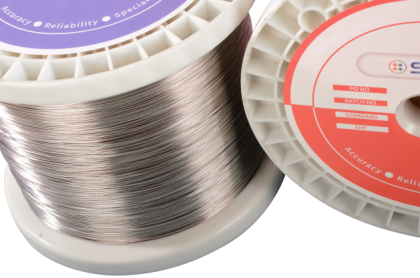As a leading Chinese manufacturer and exporter of thermocouples, we recognize that global buyers prioritize accuracy, compliance, and long-term reliability when sourcing temperature sensors. Thermocouple calibration is not just a technical requirement—it’s a cornerstone of operational safety, product quality, and cost efficiency. This article explores why calibration matters, how it aligns with international standards, and how partnering with a certified supplier like us adds strategic value to your supply chain.
1. What is Thermocouple Calibration?
Calibration is the process of comparing a thermocouple’s measured output against a traceable reference standard (e.g., a precision thermometer or calibration furnace). The goal to ensure the sensor’s accuracy meets industry standards and operational requirements.
2. Key Reasons to Calibrate Thermocouples
a. Maintain Measurement Accuracy
· Drift Over Time: Thermocouples degrade due to exposure to high temperatures, chemicals, or mechanical stress. Calibration corrects deviations in voltage-temperature relationships.
· Example: A Type K thermocouple rated for ±2.2°C accuracy may drift to ±5°C after years of use, risking faulty readings.
b. Ensure Product Quality and Safety
· Process Criticality: In industries like pharmaceuticals, automotive, or aerospace, even minor temperature inaccuracies can lead to defective products, safety hazards, or equipment failure.
· Case Study: A food manufacturer using uncalibrated thermocouples may undercook products, violating food safety regulations.
c. Comply with Global Standards
· Regulatory Requirements: ISO 9001, FDA, and EU CE marking mandate regular calibration for quality management systems.
· Standards: Thermocouples must adhere to IEC 60584, ASTM E230, or NIST guidelines to ensure traceability.
d. Reduce Operational Costs
· Prevent Downtime: Calibration identifies failing sensors before they cause costly shutdowns.
· Energy Efficiency: Accurate thermocouples optimize heating/cooling cycles, reducing energy waste.
3. How Often Should You Calibrate?
· Industry Guidelines: Typically every 12–24 months, but critical applications (e.g., medical devices) require quarterly checks.
· Trigger Events: Calibrate after repairs, exposure to extreme conditions, or if readings deviate beyond ±1°C.
4. Tools for Effective Calibration
a. Calibration Furnaces
· Key Features:
· Uniform temperature zones (e.g., ±0.1°C over 100mm).
· Support for multiple thermocouple types (K, J, T, etc.).
· CE/UL certification for global compliance.
· Recommendation: Partner with suppliers like [Your Brand Name] for customizable, cost-effective furnaces with 24/7 technical support.
b. Multimeters and Data Loggers
· Measure voltage outputs against reference standards for precise adjustments.
5. Common Calibration Myths Debunked
· Myth 1: “New thermocouples don’t need calibration.”
Fact: Manufacturing tolerances can cause initial inaccuracies.
· Myth 2: “Calibration is only for expensive sensors.”
Fact: All thermocouples, regardless of cost, degrade over time.
Calibrating thermocouples isn’t just a compliance checkbox—it’s a strategic investment in quality, safety, and efficiency. By partnering with SICC, you gain access to cutting-edge thermocouple solutions and expert support to meet global standards.






 IPv6 network supported
IPv6 network supported